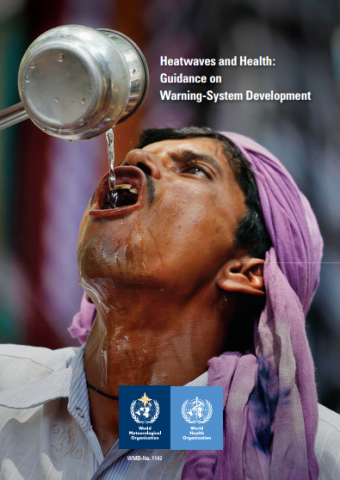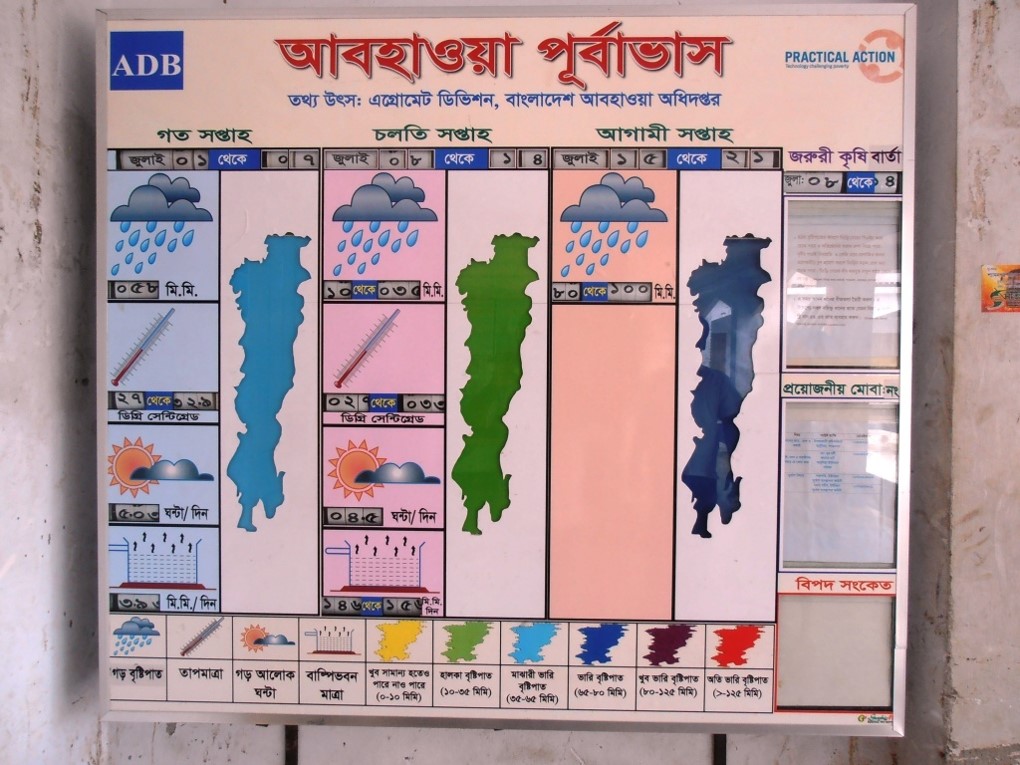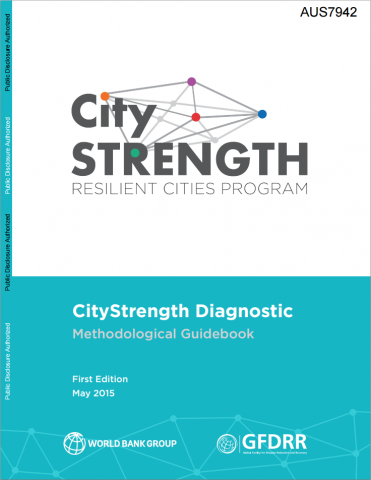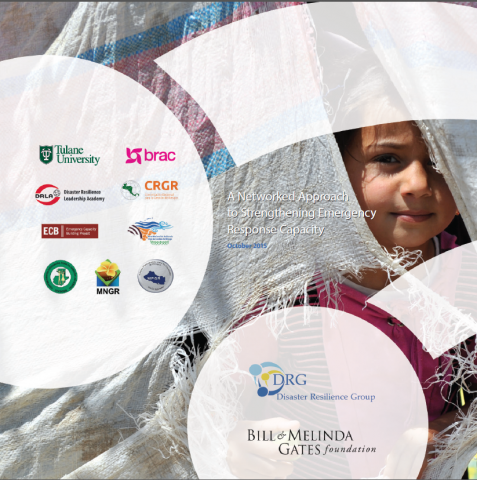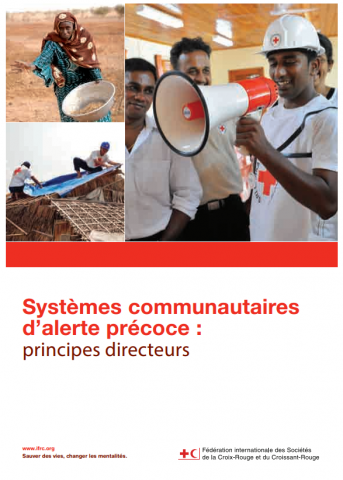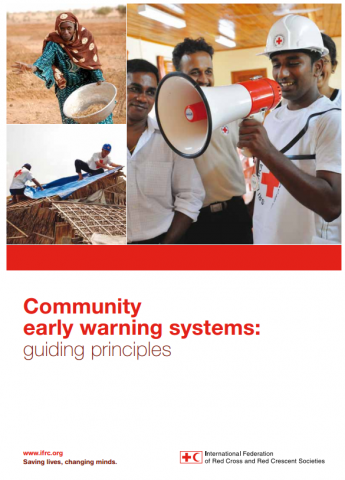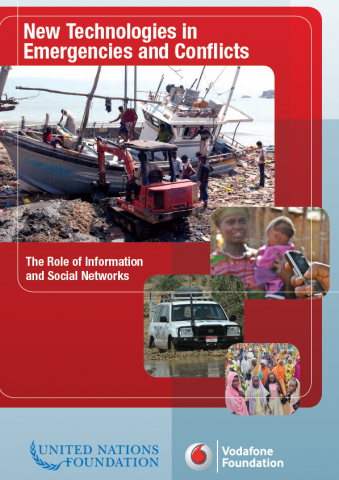Heatwaves and Health: Guidance on Warning-System Development
Heatwaves are among the most dangerous of natural hazards, but rarely receive adequate attention. They often lack the spectacular and sudden violence of other hazards, such as tropical cyclones or flash floods. Even the related death tolls are not always immediately obvious. For example, the European heatwaves in the northern hemisphere summer of 2003 were […]
Heatwaves and Health: Guidance on Warning-System Development Read More »

